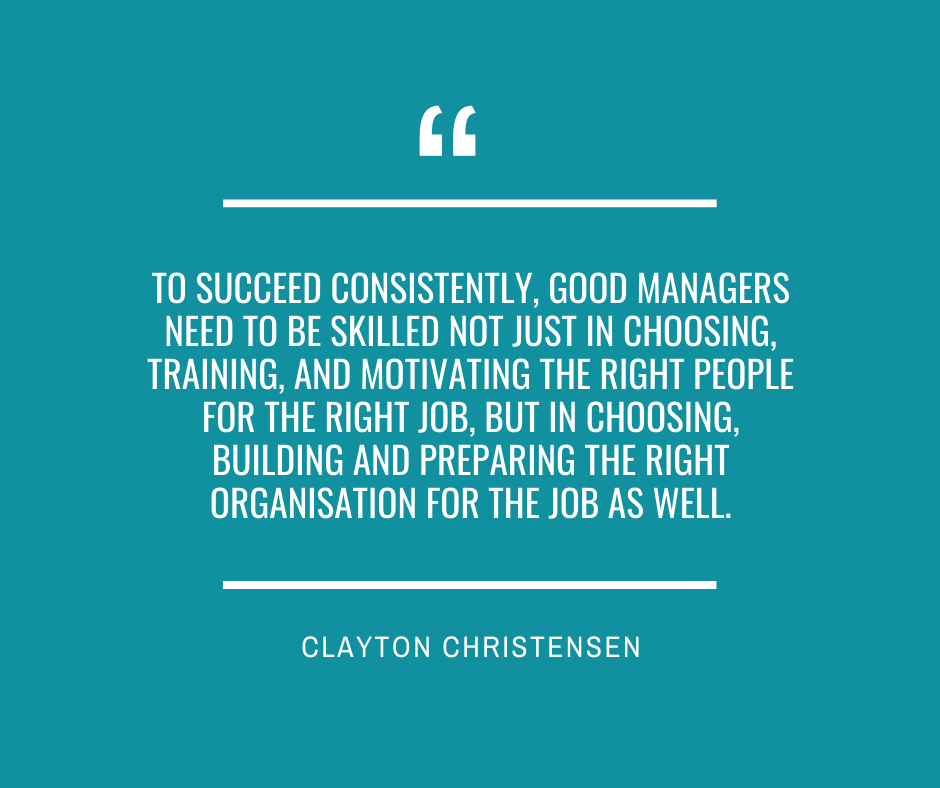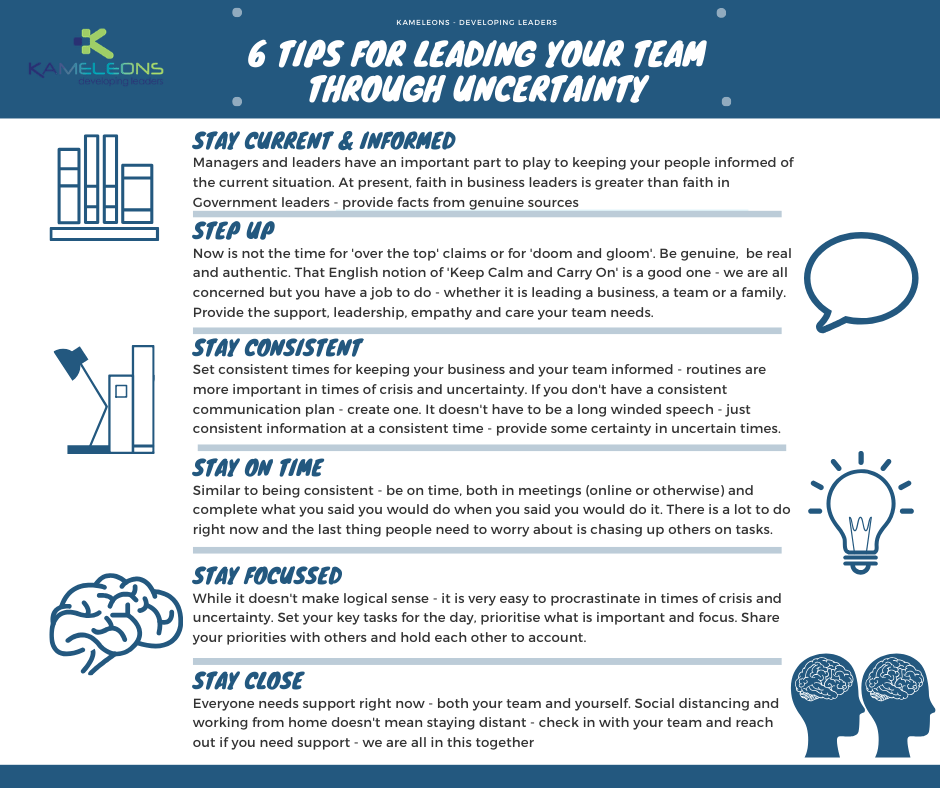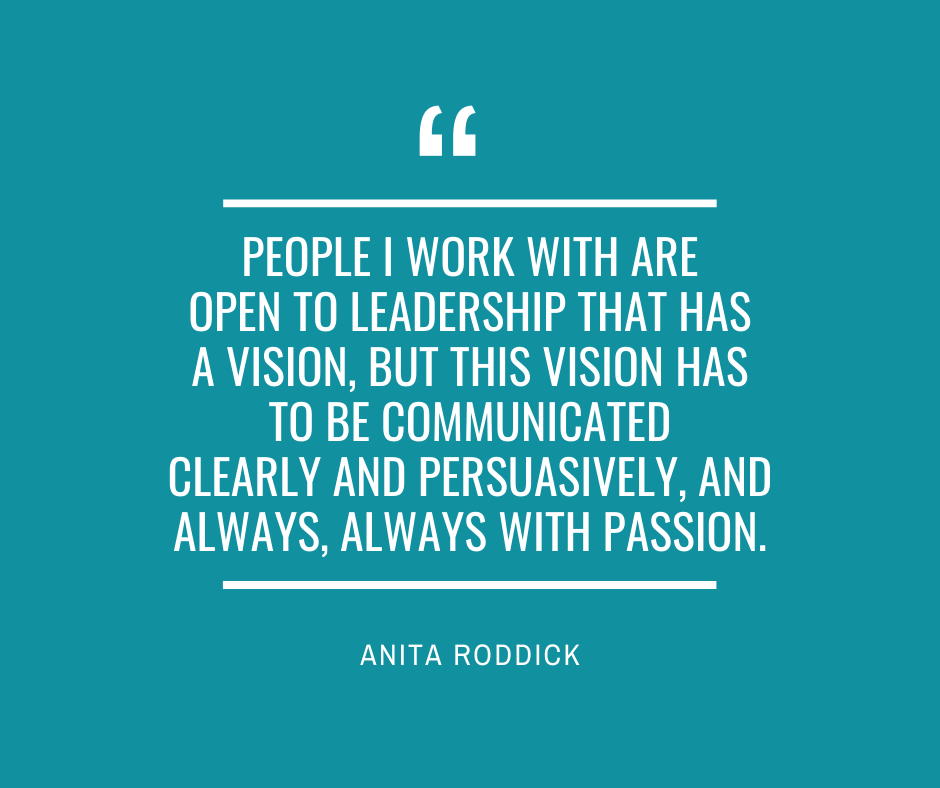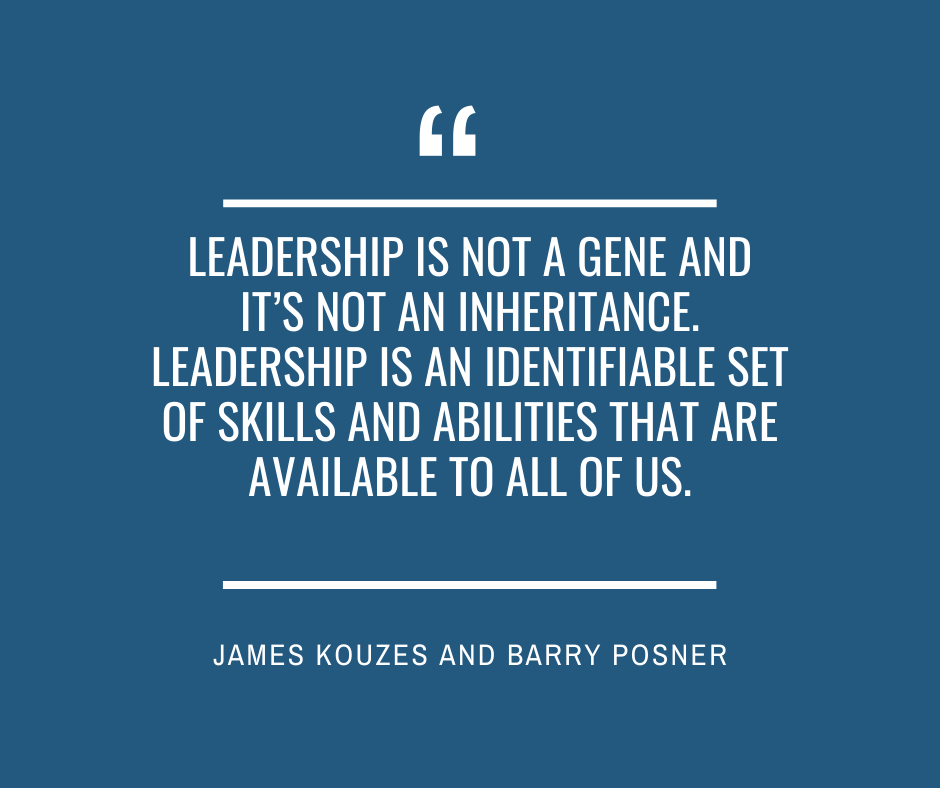Your response as a leader will have a huge influence on your team behaviour in the next few weeks. Your team will have changed dramatically in the last 8 weeks – beyond schooling arrangements and the comfort / discomfort of working from home or the hours worked. Don’t assume that the team you had going into isolation will behave the same as the team coming out of isolation. Your team members may have a very different relationship with:
?You – as both leader, mentor, peer or friend
?The business – is the trust still there
?Security (both physical and financial)
?Challenge – they are looking from work
?Autonomy – and micromanagement
?How important work is to them overall
?The support they are looking from the team
?The future they see at your business
There is no need to be afraid of having this conversation with your team – I am sure your relationship as a leader / manager has also changed in relation to a number of the dot points.As a leader, we deal with who we have and the situation in front of us NOW, not what it was. Take the opportunity to bring yourself up to date with your team’s expectations.
#leadership #leadershipdevelopment #leadershipcoach #leader #executivecoaching #coaching #highperformanceteams #developingleaders














